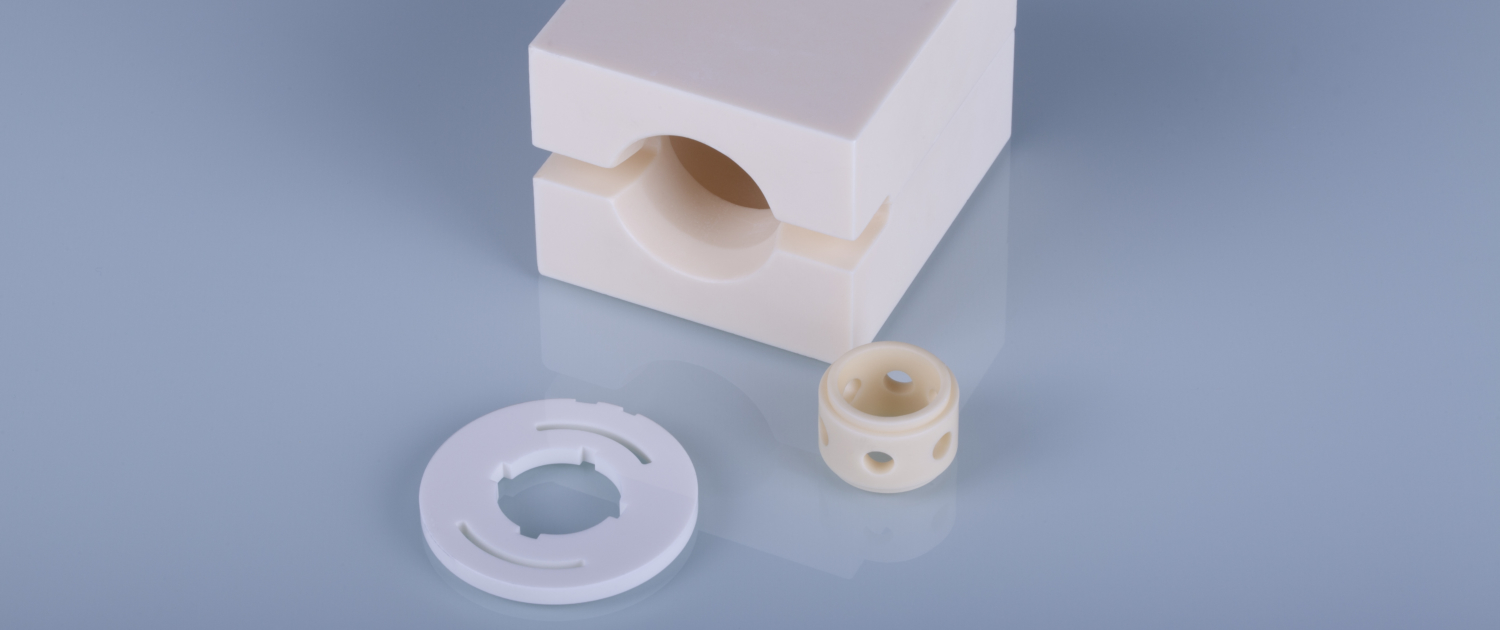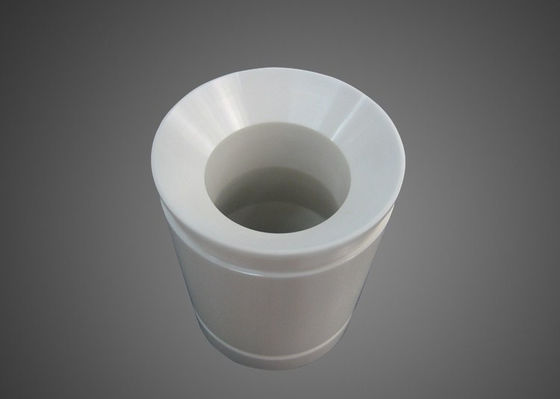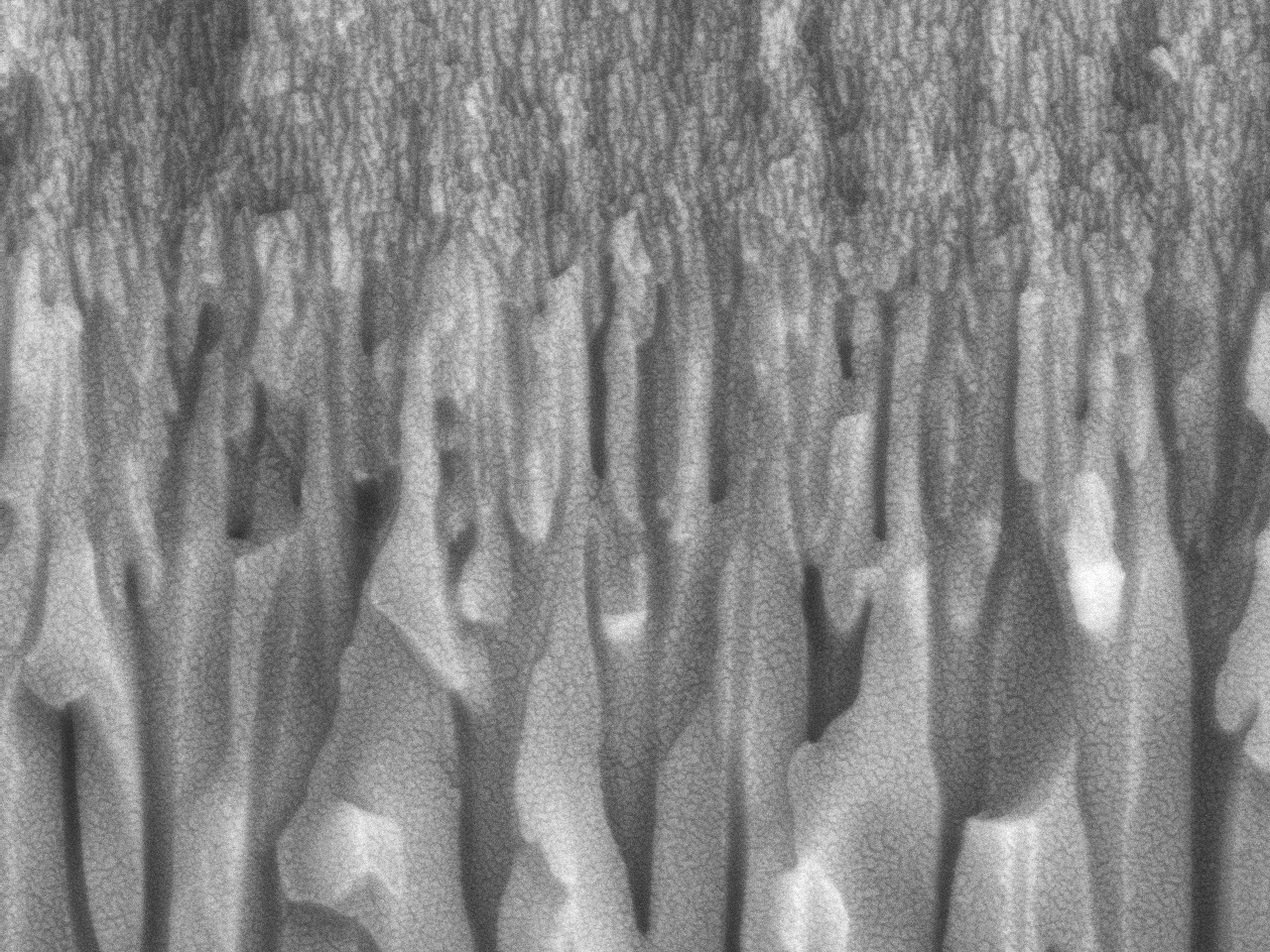Aluminium Oxide Ceramic Membranes

Advantages over polymer membranes are many including high flow rates extremely efficient particle retention and servicability to 450 c.
Aluminium oxide ceramic membranes. Nanoporous anodic aluminum oxide or aao also known as porous aluminum oxide pao or nanoporous alumina membranes npam is a self organized material with honeycomb like structure formed by high density arrays of uniform and parallel nanopores aao is formed by electrochemical oxidation anodization of aluminum in the conditions that balance the growth and the localized dissolution of. The aluminum oxide membrane filters can be readily dissolved with sodium hydroxide solutions at 1m concentration or higher. They are resistant to mechanical chemical and thermal stress and have high porosity and a hydrophilic. Weihong xing in comprehensive membrane science and engineering second edition 2017.
The time required to dissolve the membrane can be reduced by elevating the temperature and or increasing the concentration. Ceramic membranes are a type of artificial membranes made from inorganic materials such as alumina titania zirconia oxides silicon carbide or some glassy materials. The anopore inorganic membrane filters are fabricated from a unique form of aluminum oxide with a highly controlled uniform capillary pore structure. Anodic aluminium oxide anodic aluminum oxide aao or anodic alumina is a self organized form of aluminium oxide that has a honeycomb like structure formed by high density arrays of uniform and parallel pores the diameter of the pores can be as low as 5 nanometers and as high as several hundred nanometers and length can be controlled from few tens of nanometers to few hundred micrometers.



















